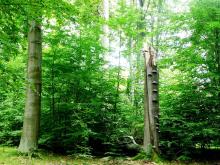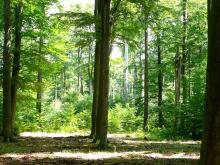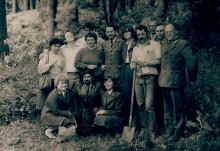 Asset Publisher
Asset Publisher
Polish forests
Poland is in the European lead, while concerning the area of all forests. They cover about 29,2 % of the country territory, and grow within the area of 9,1 million hectares. The overwhelming majority of the forests is state owned, of which almost 7,6 million hectares are managed by the State Forests National Forest Holding..
The number of Polish forest is still growing. The forestation rate of the country has increased from 21 % in 1945 to 29,2 % at the moment. Between 1995 and 2008, the forest area increased by 310 thousand ha. The basis for afforestation works is the "National Programme for Increasing the Forest Cover" (KPZL), assuming an increase of the forestation rate up to 30 % by 2020 and up to 33 % by 2050. Polish forests abound in flora, fauna and fungi. 65 % of the total number of animal species live there.
The forests grow in our country on poor soils, mainly because of the development of the agriculture in previous years. It influences the distribution of the types of the forest sites in Poland. Over 55 % of the forest areas is covered with coniferous forests. In other areas, there are forest sites, mainly the mixed ones. Their small part constitute alder and riparian forests – not more than 3 %.
In the years 1945 – 2011 the area of natural deciduous tree stands within the area of the State Forests National Forest Holding increased from 13 to 28,2 %.
Within the lowlands and uplands the most often occurring tee species is pine. It covers 64,3 % of the forest area of the State Forests National Forest Holding and 57,7 % of private and commune forests. In the mountains the predominant species is European spruce ( in the west) and European spruce with beech (in the east). Domination of pine is the result of carrying on sustainable forest management in the past. Once, the monocultures (crops or cultivations of one species) were the answer to the great demand of industry for wood. Such forests appeared to be quite fragile to climatic factors. They also were often the prey of pests' expansion.
In Polish forests, the share of other tree species, especially deciduous trees have been systematically increasing. The foresters have stepped aside from monocultures – that is why, they try to fit specific species of the forest stand to the natural stand, that would be proper for the given area. Thanks to that, in the years 1945 – 2011, the area of the deciduous tree stands within the lands of the State Forests National Forest Holding increased from 13 to 28,2 %. There occur more and more frequently the following tree species: oaks, ashes, maples, sycamore maples, elms, but also birches, beeches, alders, poplars, hornbeams, aspens, tilias and willows.
Our forests are the most often represented by the forest stands aged 40 to 80 years. The average age of the forest equals 60 years. More and more trees are of big size at the age over 80 years. Since the end of the Second World War, the forests' area has increased up to almost 1,85 million hectares.
Raport o stanie lasów w Polsce 2012
 Asset Publisher
Asset Publisher
Budowa urządzeń retencyjnych małej retencji wodnej w zlewni rzeki Rudy
Budowa urządzeń retencyjnych małej retencji wodnej w zlewni rzeki Rudy
 Mariusz Swędrak Fotografia Przyrodnicza
Mariusz Swędrak Fotografia Przyrodnicza
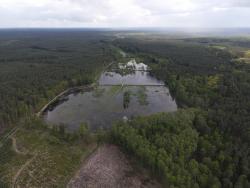 Fot. Paweł Pawelec – archiwum prywatne.
Fot. Paweł Pawelec – archiwum prywatne.
 Mariusz Swędrak Fotografia Przyrodnicza
Mariusz Swędrak Fotografia Przyrodnicza

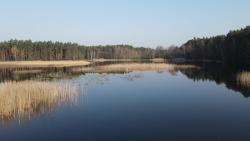 Fot. Paweł Pawelec – archiwum prywatne.
Fot. Paweł Pawelec – archiwum prywatne.
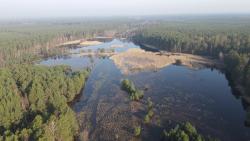 Fot. Paweł Pawelec – archiwum prywatne.
Fot. Paweł Pawelec – archiwum prywatne.
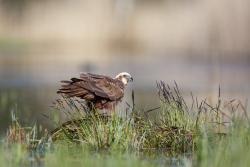 Mariusz Swędrak Fotografia Przyrodnicza
Mariusz Swędrak Fotografia Przyrodnicza
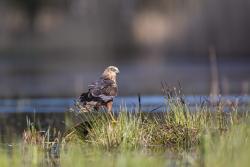 Mariusz Swędrak Fotografia Przyrodnicza
Mariusz Swędrak Fotografia Przyrodnicza
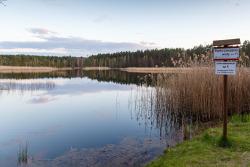 Mariusz Swędrak Fotografia Przyrodnicza
Mariusz Swędrak Fotografia Przyrodnicza
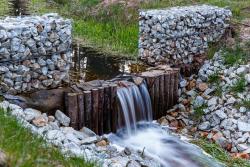 Mariusz Swędrak Fotografia Przyrodnicza
Mariusz Swędrak Fotografia Przyrodnicza
 Mariusz Swędrak Fotografia Przyrodnicza
Mariusz Swędrak Fotografia Przyrodnicza
Nadleśnictwo Szprotawa, podobnie jak liczne Nadleśnictwa w całej Polsce, uczestniczy w projekcie pn.: „Kompleksowy projekt adaptacji lasów i leśnictwa do zmian klimatu – mała retencja oraz przeciwdziałanie erozji wodnej na terenach nizinnych”.
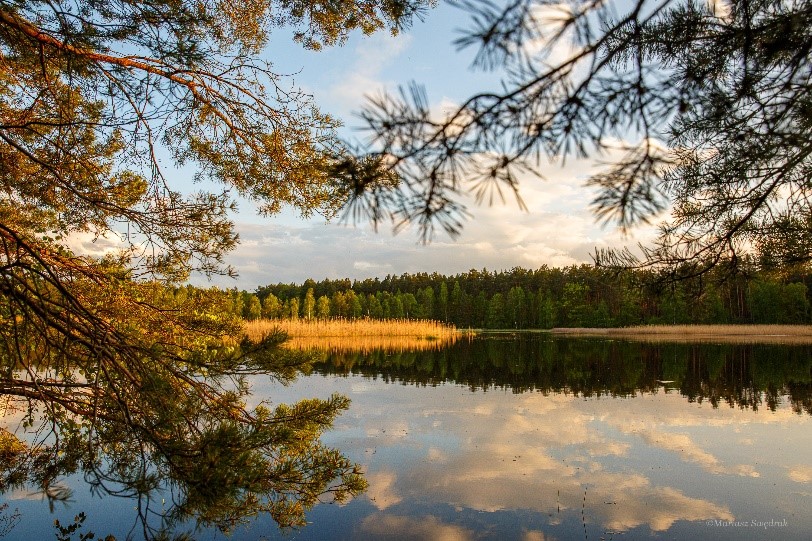
Fot. Mariusz Swędrak - Fotografia Przyrodnicza
Głównym celem Projektu jest przystosowanie ekosystemów leśnych do zmieniających się warunków klimatycznych i zwiększenie ich odporności na negatywne skutki zjawisk naturalnych takich jak: susze, podtopienia czy pożary. Powyższy cel zostanie osiągnięty przede wszystkim przez znaczne zwiększenie retencji wodnej. Zadania realizowane w ramach Projektu poza efektami przyrodniczymi przyczyniają się do zwiększenia atrakcyjności turystycznej terenów leśnych.
Na obszarze Nadleśnictwa Szprotawa w ramach Projektu realizowane jest zadanie pn.: „Budowa urządzeń retencyjnych małej retencji wodnej w zlewni rzeki Rudy”. Po przebrnięciu przez część administracyjną postępowania, w grudniu 2019 roku zostały podpisane umowy z Wykonawcami robót budowlanych. Ze względu na obostrzenia określone w Decyzji Środowiskowej czas na wykonanie prac w terenie był mocno ograniczony, jednak udało się pomyślnie zakończyć dwa, z trzech zaplanowanych etapów inwestycji.
W wyniku już przeprowadzonych prac powstały, lub zostały odtworzone:
- 27 przepustów
- 29 przepustów z piętrzeniem
- 10 zastawek
- 28 km rowów melioracyjnych
- 2 mnichy stawowe
- 853 m umocnienia i uszczelnienia grobli.
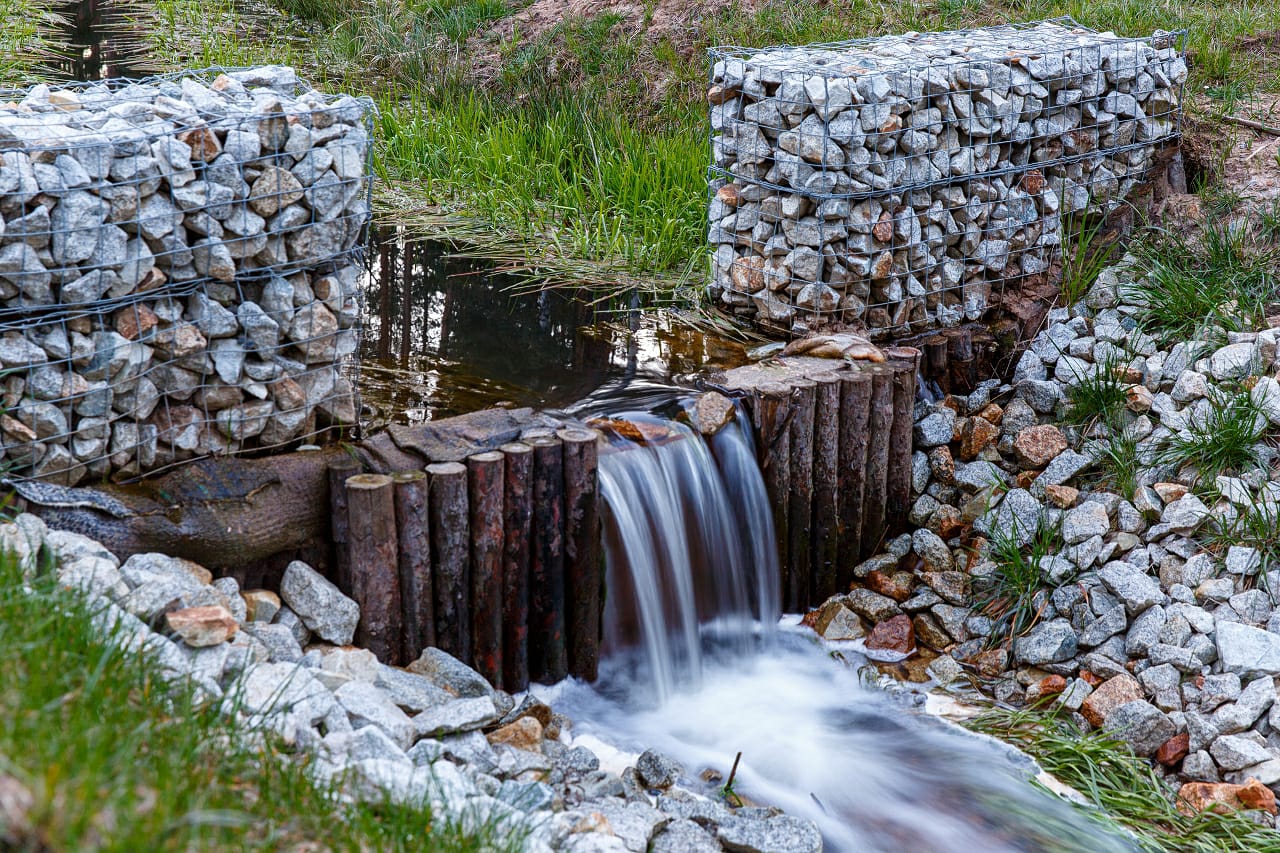
Fot. Mariusz Swędrak - Fotografia Przyrodnicza
Pomimo, że znaczna część prac dotyczyła rowów melioracyjnych i usytuowanych na nich obiektów budowlanych (przepusty, zastawki, progi) to najbardziej widoczny efekt inwestycji stanowią Stawy Bobrowickie. Po raz pierwszy od wielu lat na wszystkich 6 stawach pojawiło się lustro wody. Szacowana łączna objętość zalewu Stawów Bobrowickich wynosi 278 700 m3, przy powierzchni 30,3 ha. Istotny wpływ na pozytywny zasięg oddziaływania całego przedsięwzięcia ma również retencja gruntowa i korytowa. Łączną objętość wody możliwej do retencjonowania powierzchniowo w obszarze objętym przedsięwzięciem oszacowano na ok. 324 tyś m3. Wraz z powrotem wody można zaobserwować wzmożoną aktywność ptactwa wodnego oraz zostały odtworzone cenne ekosystemy.

Fot. Paweł Pawelec – archiwum prywatne.
Koszt pierwszych dwóch etapów wyniósł 3 161 959 zł, z czego 2 418 898 zł stanowiło dofinansowanie ze środków Unii Europejskiej. W 2021r. planowane jest wykonanie robót dla ostatniego zadania o wartości około 2 mln złotych.

Tekst i opracowanie: Robert Łosiński


 fot. Paweł Fabijański
fot. Paweł Fabijański
 fot. Paweł Fabijański
fot. Paweł Fabijański
 fot. Paweł Fabijański
fot. Paweł Fabijański

